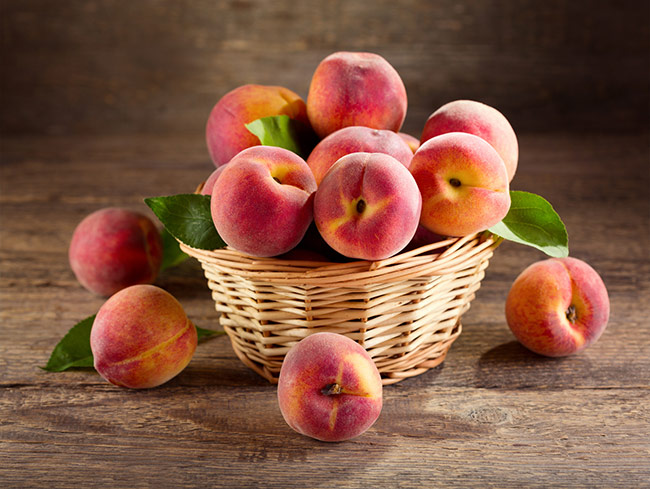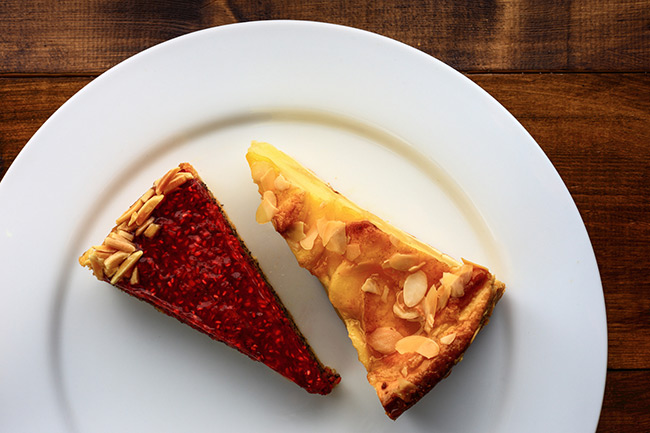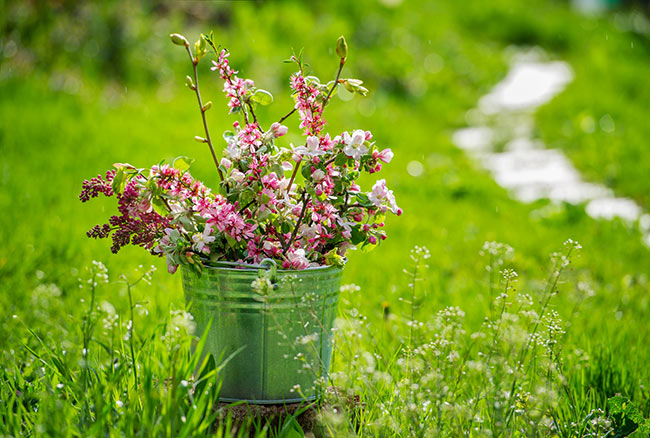In this age of smartphones and Photoshop, we all have the ability to document our lives and experiences via still life photography. We can even display our photos using affordable canvas printing.
Yet very few of us choose to think like a photographer; we think, instead, like tourists, or friends and family recording an event for posterity.

Thinking like a photographer doesn’t mean you needs to suddenly force all your friends to pose dramatically at every event (as the number of invitation you receive slowly shrinks). It means learning to spot opportunities for beautiful photographs – and thus beautiful art on your walls – wherever you go. Let’s focus on Still Life – the usually misunderstood and mishandled photographic art form that can transform your photography into true art.
What is Still Life?
Still life photography, at least on the surface, is very simple: it’s a photo of only objects – no people, animals, or monuments involved. While a photo of a building or landscape could in some senses be defined as a ‘still life’, generally still life photography implies small scale, and no movement (as you might find in a landscape or tourist shot).

The classic example of a still life image is a vase of flowers or bowl of fruit on a table. Many fine artists train their skills using still life subjects because it forces them to find action and power in the details of a completely still scene – which is what makes a successful still life photograph so powerful. Combining this subtlety with canvas printing can produce some stunning art.
The Secret to Still Life Canvas Printing
So, how do you get a sense of power in a static scene? The trick to successful still life photography is all in the details.
Control
First of all, when setting up a Still Life, always remember that you are completely in control of the scene. Unlike other forms of photography, where you are at the mercy of the weather, the lighting, or the constant motion of the world, a Still Life allows you to arrange every aspect of the shot.
Think about your background and foreground. Consider the details you want to include – and how close to the front of the frame they should be. Think about lighting and shadow. Take your time.
Remember, you can tweak every single element of the shot, so make sure you think about every single element.
Aftermath

Then, consider the aspect of implied motion you can add to the photo. Still Life shots are static – but the secret is to imagine you’re capturing a scene just a second after something has happened. The classic, simple example is the one piece of fruit that has fallen out of the bowl – we don’t see it fall, the image doesn’t capture the motion. We only see the aftermath and have to work backwards. This is one of the most powerful things a photo can do – transport the viewer inside the frame for a moment while they construct the scenario they just missed.
Still life photography can create some amazing additions to your walls or gallery – if done well. But experimentation is the key to perfecting your photographs! If you’re stuck for inspiration, search Instagram or Pinterest for ideas.
Use this guide as a starting point and begin experimenting today!

